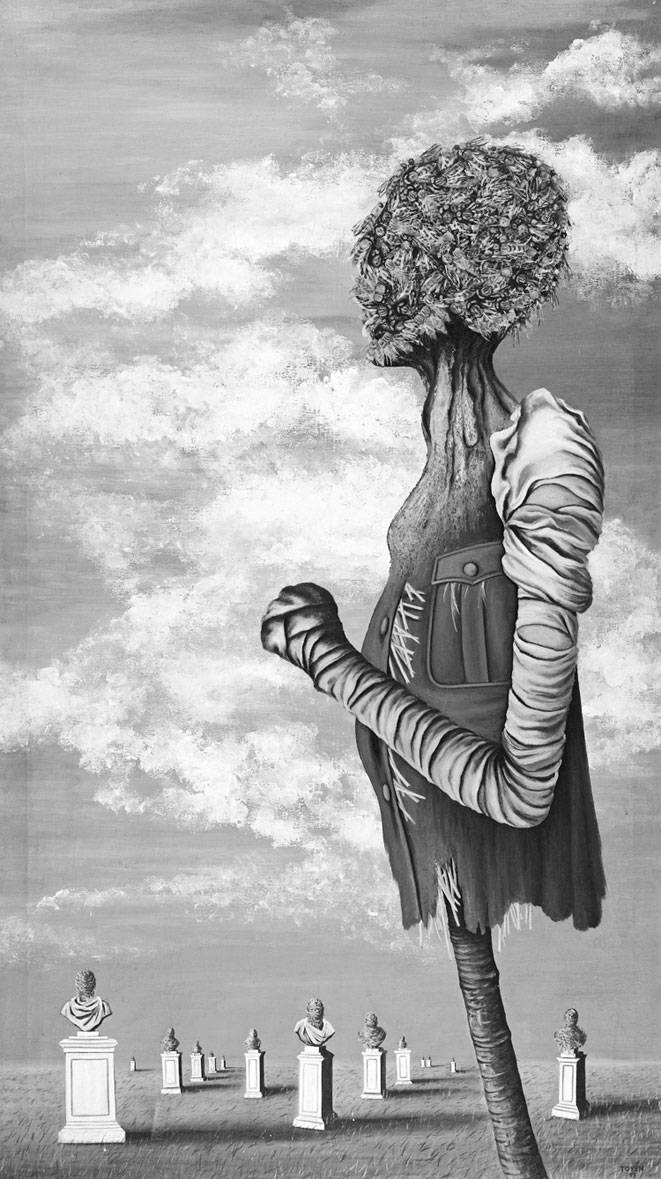“The imaginary is what tends to become real.”
-André Breton
Image: New York Times
Surrealism was a movement in literature, and visual art that flourished in Europe between WW1 and WW2. It grew out of the Dada movement that focused on producing pieces of anti-art.
However, surrealism focused more on positive expression. Many in the movement had felt that rational thought that guided European culture and politics in the past had produced horrid results, especially WW1. The Surrealist Manifesto was published in 1924 by André Breton. It defined surrealism as a means of reuniting conscious and unconscious realms of experience in a way that blurred the lines between reality and fantasy. It drew heavily from the work of Sigmund Freud, and proponents of the movement found beauty in the strange, and unexpected. Women were unfortunately sidelined by critics and male artists, but some proponent females of the movement were Frida Kahlo, Meret Oppenheim, Dorothea Tanning, etc.
The surrealist movement extended to both photography and film; the scene of a woman’s eyeball being sliced by a razor is one of the most famous surrealist imagery in films in Salvador Dali and Luis Buñuel’s “Un Chien Andalou”. Although many believed the movement waned by 1966, surrealist aspects can still be seen in various art forms.






